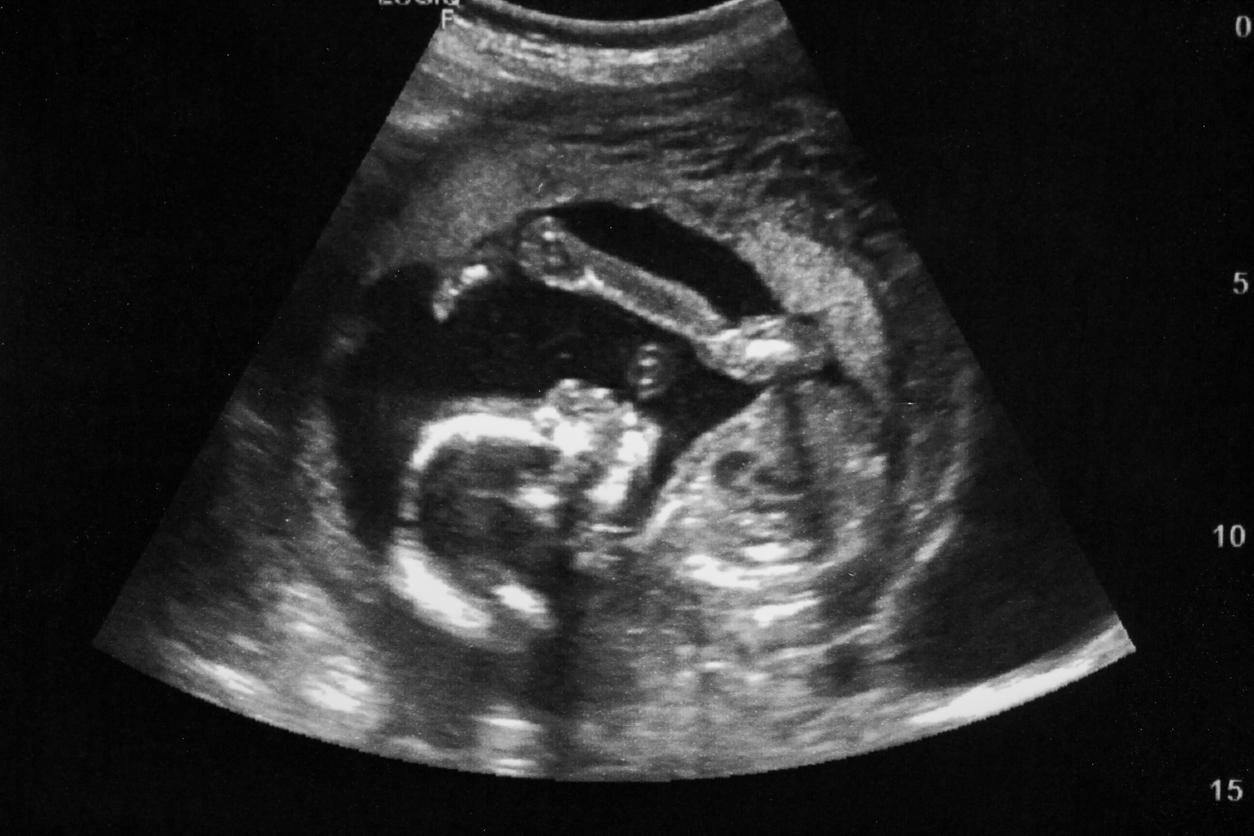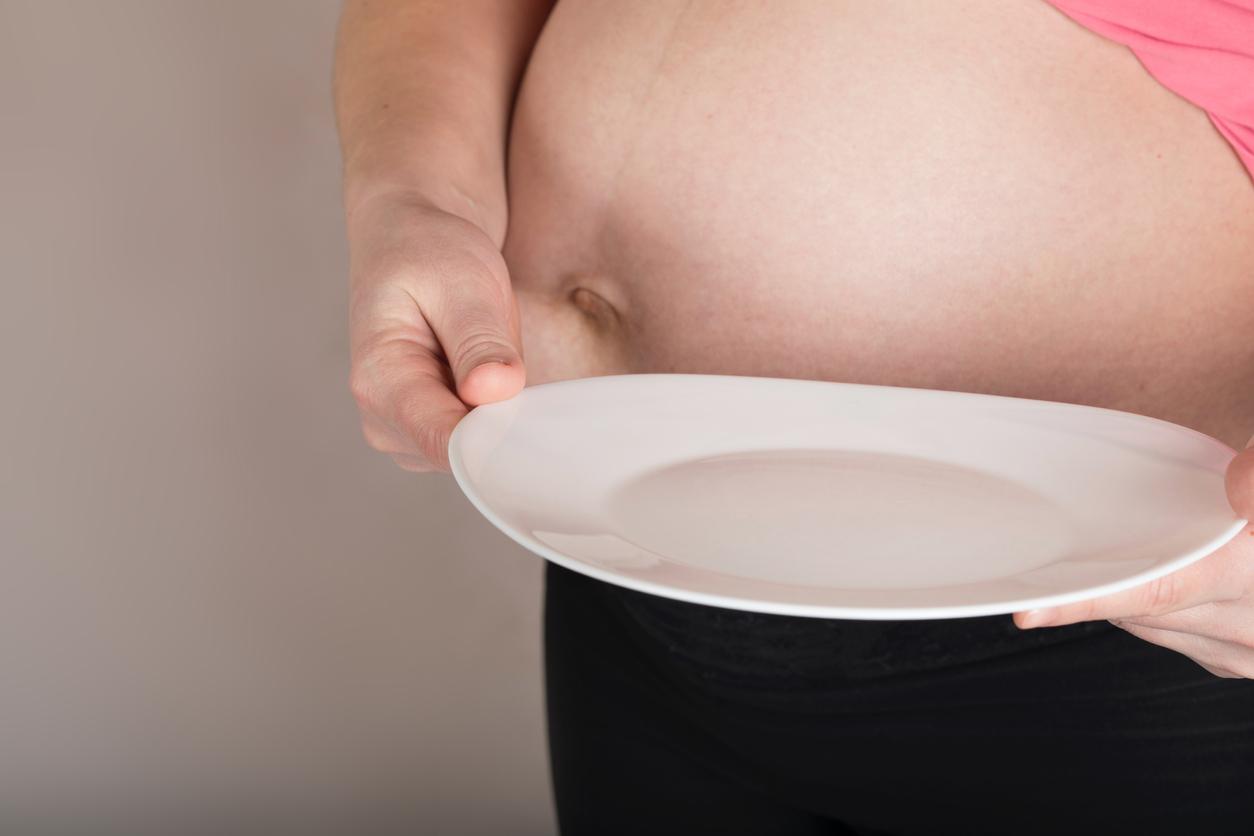Malnutrition cases are on the rise in UK, according to National Health Service (NHS). In fact, between August 2014 and July 2015, 7,366 people were hospitalized for malnutrition, against 4,883 cases for the same period in 2010-2011. These figures show a 50% increase in just five years.
Worsening poverty
Malnutrition is defined by the World Health Organization (WHO) as “a very low weight / height ratio, due to emaciation [amaigrissement extrême avec une perte des tissus adipeux] severe and visible or by the presence of nutritional edema“. She is responsible, directly or indirectly,”35% of deaths in children under 5The hospitalizations for malnutrition recorded by the NHS concerned mainly men between 60 and 90 years old, and women between 40 and 60 years old. The reasons given to explain this upsurge in malnutrition are worsening poverty, due in part to the austerity measures recently put in place by the British government.
A rise in “Victorian-era” illnesses
In addition to malnutrition, the NHS has noted an overall increase in so-called “Victorian-era” diseases that hit the country in the 19th century, also blamed on growing poverty. Among them: scurvy, scarlet fever, cholera, whooping cough, typhoid, measles but also the tuberculosis. The latter is also the subject of a report published in October 2015 by the London Assembly. According to these experts, certain districts of the British capital have higher rates of tuberculosis than those of certain countries such as Rwanda, Eritrea, Guatemala or Iraq. Indeed, London recorded more than 2,500 new cases of tuberculosis last year, or 40% of the total cases in the United Kingdom.
>> To read also:
Drinking milk can improve the health of the poorest
WHO calls into question the industrialization of our food
Poverty would impact children’s brains
Obesity: junk food kills more than malnutrition
















